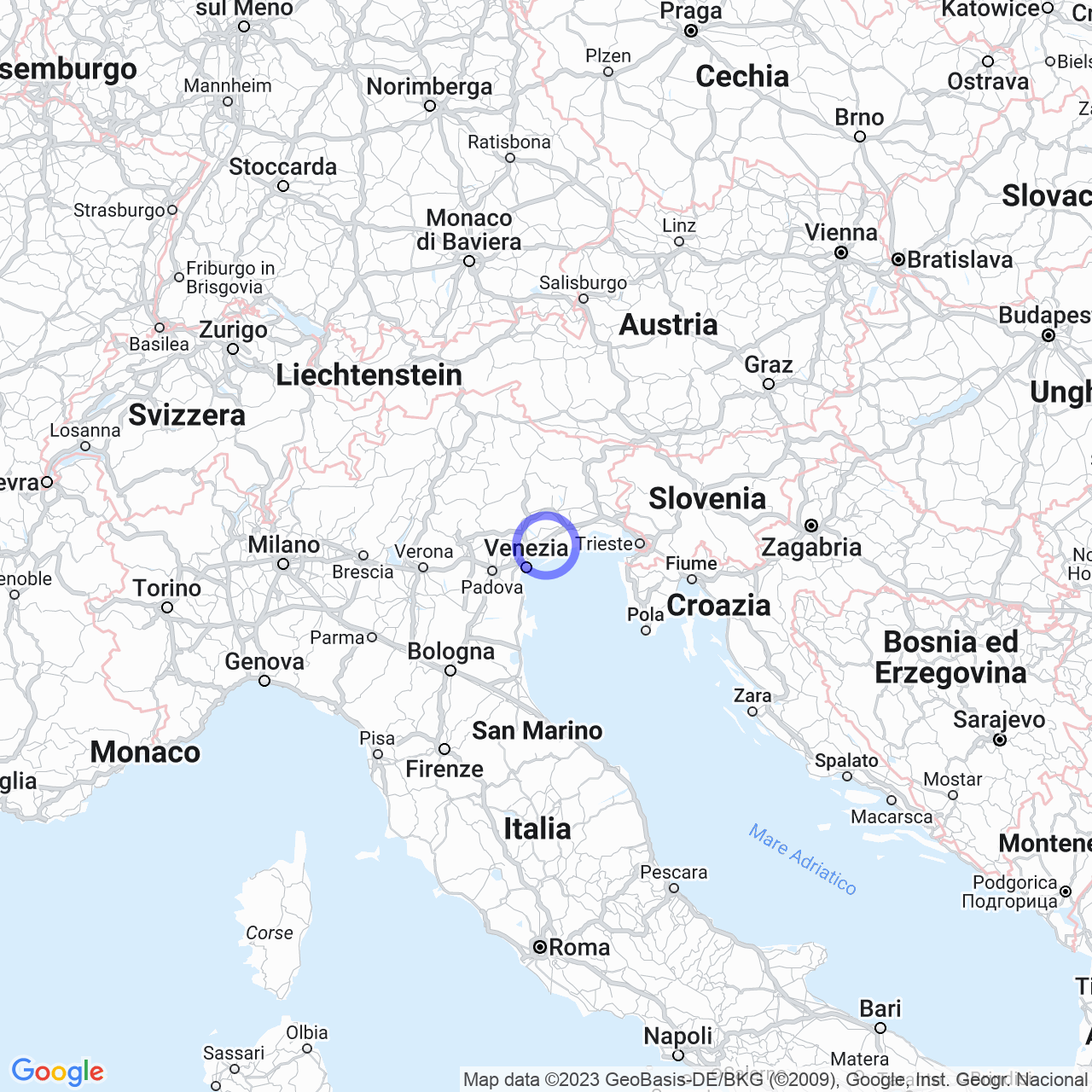San Donà di Piave
San Donà di Piave: a Venetian municipality with a millenary history
Hi there! Today I will talk to you about San Donà di Piave, an Italian municipality of the metropolitan city of Venice, located in the Veneto region. With its 41,579 inhabitants, San Donà di Piave is the historic capital of the Basso Piave, a territory that suffered difficult moments during the First World War. But let's go in order and discover together the secrets of this municipality.
Physical geography

Territory
The municipality covers an area of 78.73 square kilometers and is located in the low Venetian plain, north of the Venetian Lagoon. Its geographic position was different in the past, when the area extended along the left bank of the Piave, but several hydraulic interventions implemented by the Serenissima changed the course of the river and divided the area into two parts.
Hydrography
The territory of San Donà di Piave is crossed by the Piave River, which divides into several parts and has a natural and an artificial riverbed stretch. The municipality also has a network of irrigation and drainage canals that extend throughout the territory.
Geology and morphology
The municipal territory has a different geomorphological shape depending on the area we are in: to the north we have alluvial soils of clayey nature, to the center there are clayey-silty soils of ancient origins, and to the south is the current riverbed of the Piave River.
Seismicity
San Donà di Piave has low seismicity and is included in zone 3 of the seismic classification of Italy.
Climate
The climate of the city is temperate, with very hot summers typical of the Po Valley.
History
Origins and development
The municipality of San Donà di Piave has a millenary history that dates back to ancient times. Its strategic position made it an important commercial center since the Middle Ages and, later on, in the Renaissance. In the 19th century, it was affected by hydraulic reclamation and underwent considerable urban transformations.
The First World War
San Donà di Piave was the scene of fierce fighting during the First World War. In 1917, the Italian army tried to block the advance of the Austrian troops, stopping their advance on Italian territory just a few kilometers from San Donà. The city suffered serious damage and the population was forced to evacuate.
The post-war period
After the war, San Donà di Piave experienced a period of reconstruction and industrial development. In the 1930s, the first railway was inaugurated and the municipality began to grow.
The present-day
Today, San Donà di Piave is a city in constant evolution that is characterized by its cultural and commercial liveliness. The historic center, the Piave river park, and the Great War Museum are the main attractions.
Economy
San Donà di Piave has a varied economy that revolves around agriculture, handicrafts, commercial and industrial activities. Among the companies present in the territory, those in the fashion and textile sector stand out.
Culture
San Donà di Piave has a strong cultural tradition that is expressed through events and manifestations throughout the year. Among these, the Festa della Madonna della Salute, the Carnival, the Book Fair, and art exhibitions.
Conclusions
San Donà di Piave is an Italian municipality that has a millenary history and a strategic geographic position. Its varied economy and strong cultural tradition make it an interesting destination to visit. I recommend taking a walk in its historic streets, walking along the Piave River park, and visiting the Great War Museum. You won't regret it!
